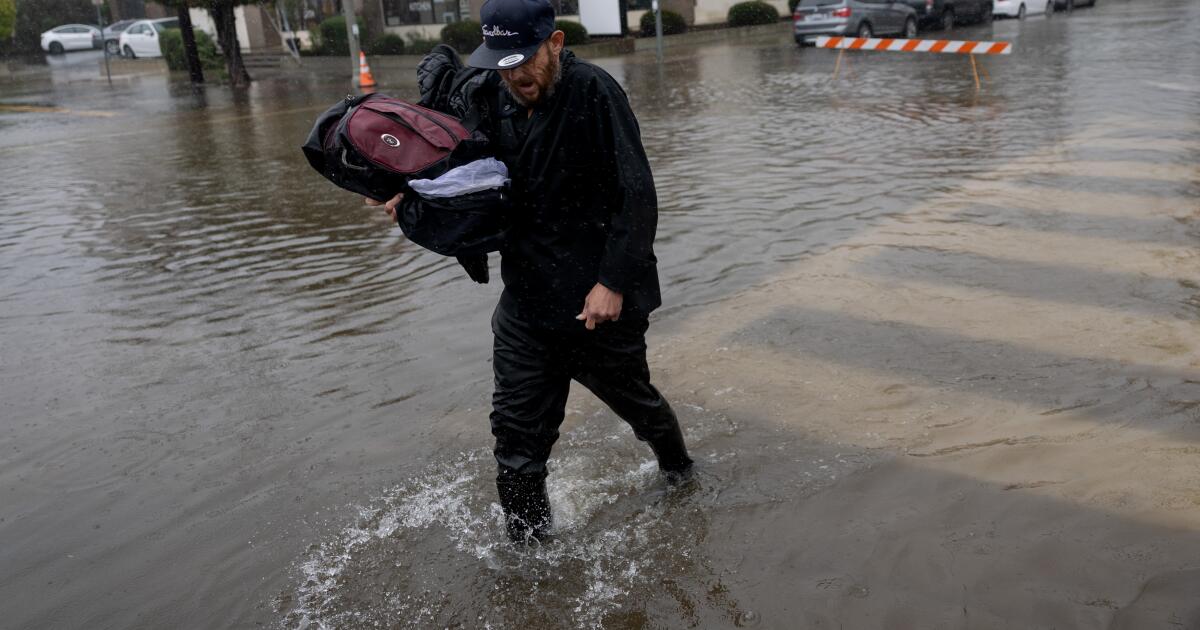Americans are increasingly leaving flood-prone neighborhoods, marking a significant demographic shift. For the first time since 2019, high-risk flood counties in the United States experienced a net loss of approximately 30,000 residents, as reported by the real estate platform Redfin. This reversal comes after a surge in population during the pandemic when remote workers relocated to coastal areas and cities in the Sun Belt.
A detailed analysis of 310 high-flood-risk counties conducted by First Street, a climate-risk modeling firm, revealed that while 132 counties saw more people leave than move in, 178 counties recorded net inflows. The data, which corresponds to population estimates from the U.S. Census Bureau over the year starting in July 2023, indicates a concerning trend for many coastal regions.
Major Coastal Areas Hit Hardest
The exodus was particularly pronounced in major coastal metropolitan areas. Miami-Dade County led the nation in resident loss, with 67,418 individuals relocating, a notable increase from the previous year’s outflow of 50,637. Other significant losses were reported in Harris County, Texas, where 31,165 residents left, and Kings County, New York, which includes Brooklyn, lost 28,158 residents. In Orleans Parish, Louisiana, where 99% of homes are at high flood risk, 4,950 people departed.
In stark contrast, counties with low flood risk recorded a net gain of 35,941 residents, marking the largest increase since 2019. This demographic shift raises questions about the long-term sustainability of high-risk areas in light of climate change.
Climate Risks and Financial Pressures
A separate survey by Redfin highlighted the motivations behind these relocations. Florida residents were more inclined to cite climate risk as a primary factor for leaving, whereas those in Texas often pointed to financial considerations. The state has been grappling with rising insurance premiums and surging homeowners’ association fees, particularly following the tragic collapse of a 12-story building in Surfside in 2021, which resulted in nearly 100 fatalities.
Additionally, Hurricane Helene’s impact on Pinellas County in Florida last year, which caused an estimated $93 million in damages, further exacerbated the situation. The storm triggered the county’s first population net outflow in years, leading some residents to seek safer, more affordable areas like neighboring Pasco County or to leave the state entirely.
Despite these domestic migration losses, immigration has provided a counterbalance in many flood-prone counties. For instance, Miami-Dade County welcomed over 120,000 international arrivals, offsetting the number of residents who moved away. Interestingly, six of the ten high-flood-risk counties with the largest domestic outflows still reported overall population gains.
The trends observed in these high-risk areas underscore the complex interplay between climate change, financial pressures, and migration patterns. As the realities of climate risk become more pronounced, the future of these coastal communities remains uncertain.
